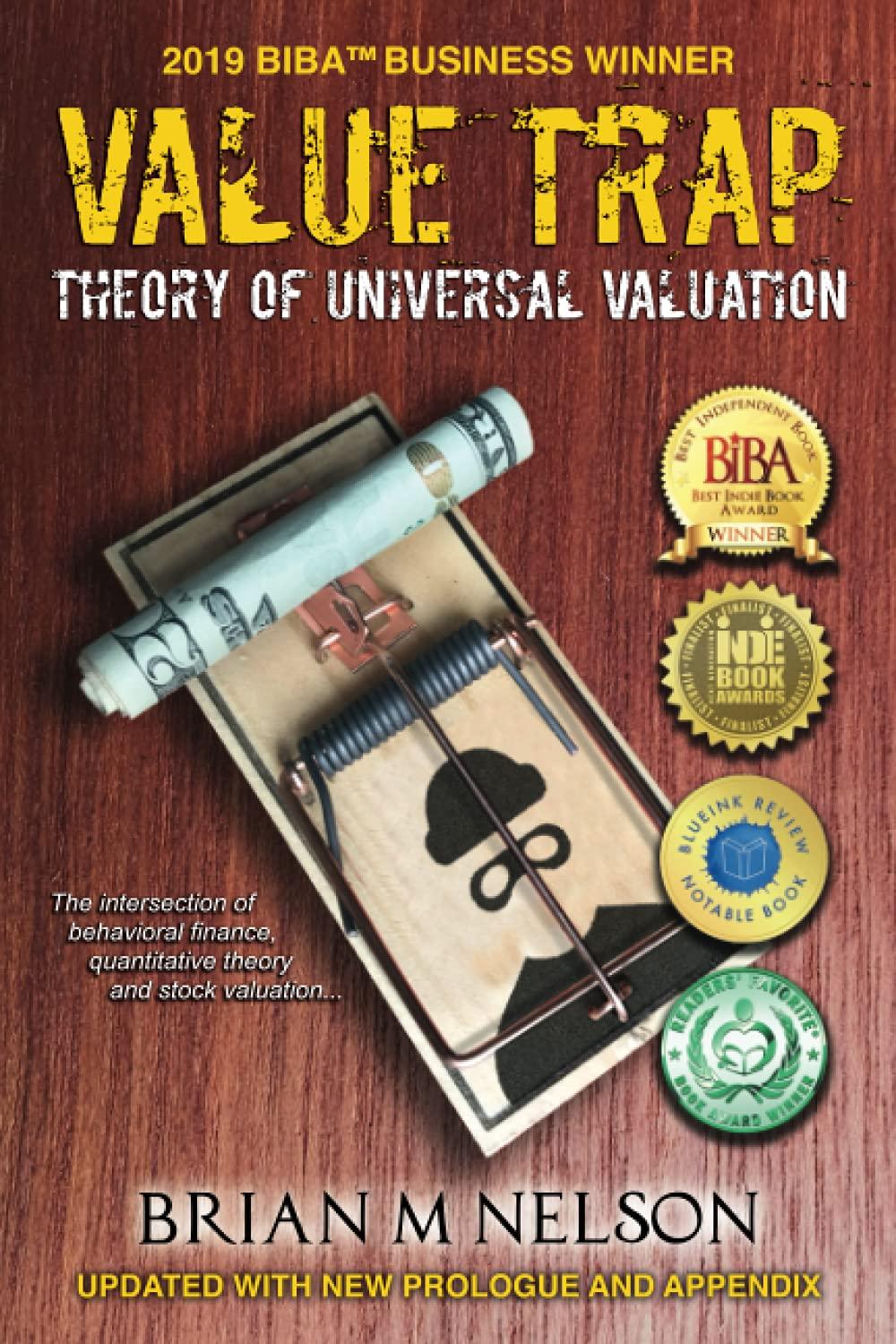Question
Kellogg Company is considering launching a new flavour of its Eggo frozen waffle called the Eggo 11 in order to monetize some of the free
Kellogg Company is considering launching a new flavour of its Eggo frozen waffle called the Eggo 11 in order to monetize some of the free publicity around their product from the first seasons of the Stranger Things show on Netflix.
Although over five years has now passed since the TV show was released, Kellogg Company forecasts that they would still be able to generate sales of the Eggo 11 of $$900,000, $$800,000, and $$562,500 for the next three years, respectively, if they decide to proceed with the new flavour. You estimate that 42.0% of these sales figures would come from customers who would swap to the new Eggo 11 from one of the firm's other existing flavours of Eggo frozen waffle. You forecast that the new Eggo 11 will have the same 69.0% gross profit margin as all other existing flavours of the Eggo product that the firm sells.
To handle the forecast demand for the Eggo 11, starting the project would require an initial up-front investment in waffle inventory of $$85,000. This would be followed by further annual increases in the inventory level of $$34,000 in each of the threethree years years of the project. You estimate that all of this inventory will be fully recoverable (at cost) by Kellogg Corporation at the end of the project (i.e. at t=3).
The Eggo 11 project would make use of the spare capacity within an existing waffle factory that was built by the company 66 years ago at a cost of $$4,250,000. Kellogg's can find no alternate use for the factory's spare capacity other than this new waffles project, although the rest of the factory will continue to be used by Kellogg Company's other waffle projects. In order to produce the 1980's themed waffles and packaging for this new Eggo 11 product, the company will need to invest in additional machinery and tooling at an up-front cost of $$510,000
All assets are depreciated for tax purposes by the firm according to the straight-line method. The factory is being depreciated to zero over its original tax life of 17 years, whereas the machinery and tooling would be depreciated to zero over an original tax life of 55 years.
You predict that threethree years years from now the eighth and final season of Stranger Things will be so bad that it leaves the audience angry, such that demand for your Eggo 11 waffles will disappear entirely. That is, your project would terminate at the end of the thirdthird year year due to lack of demand. You estimate the machinery and tooling can salvaged (i.e. sold) at the end of the project for a market price of $$119,750
You forecast that the firm would pay tax at a marginal rate of 32.532.5% on all profits related to the Eggo 11 project and the appropriate cost of capital for Kellogg Company's waffle division is 11.0% per annum.
A) What would be the incremental depreciation expense in Year 1 of the project if Kellogg Company decides to launch this new Eggo 11 flavour?
The incremental depreciation expense would be $$ in Year 1 if the firm accepts the project. (Round your answer to the nearest dollar) (Use the unrounded number in any future question parts that require it)
B) What would be the incremental NOPAT (i.e. net operating profit after tax) for the Eggo 11 project in Year 1, Year 2, and Year 3? (Round your answers to the nearest dollar) (Use the unrounded number in any future question parts that require it)
The incremental NOPAT would be $$ in Year 1 if the firm accepts the project
The incremental NOPAT would be $$ in Year 2 if the firm accepts the project
The incremental NOPAT would be $$ in Year 3 if the firm accepts the project
C) If the firm accepts the project today, what would be the resulting incremental after-tax cash flow from the sale of long-term assets at the end of the project at the end of Year 3?
If the firm accepts the project today, it would receive an incremental after-tax cash flow of $$ from selling some of its plant, property, and/or equipment (i.e. some of its long-term assets) at the end of Year 3. (Round your answer to the nearest dollar) (Use the unrounded number in any future question parts that require it)
D) What would be the incremental FCF (i.e. free cash flow) for the Eggo 11 project in Year 0, Year 1, Year 2, and Year 3? (Round your answers to the nearest dollar) (Include the minus sign for any cash outflows) (Use the unrounded number in any future question parts that require it)
The firm would experience an immediate incremental FCF of $$ at Year 0 if it accepts the project (Note the input above wants the up-front t=0 cash flow and not the t=1 cash flow!)
The incremental FCF would be $$ in Year 1 if the firm accepts the project (Note the above input wants the t=1 cash flow at the end of the first whole year
The incremental FCF would be $$ in Year 2 if the firm accepts the project
The incremental FCF would be $$ in Year 3 if the firm accepts the project
E) What is the NPV (at t=0) of the project for Kellogg Company?
You estimate that the the net present value of the Eggo 11 project is $$. (Round your answer to the nearest dollar)
Step by Step Solution
There are 3 Steps involved in it
Step: 1

Get Instant Access to Expert-Tailored Solutions
See step-by-step solutions with expert insights and AI powered tools for academic success
Step: 2

Step: 3

Ace Your Homework with AI
Get the answers you need in no time with our AI-driven, step-by-step assistance
Get Started


